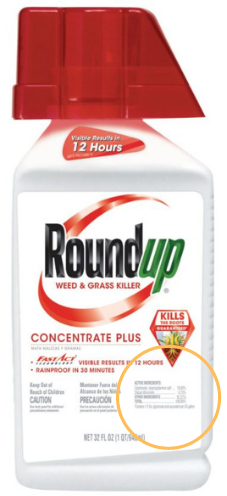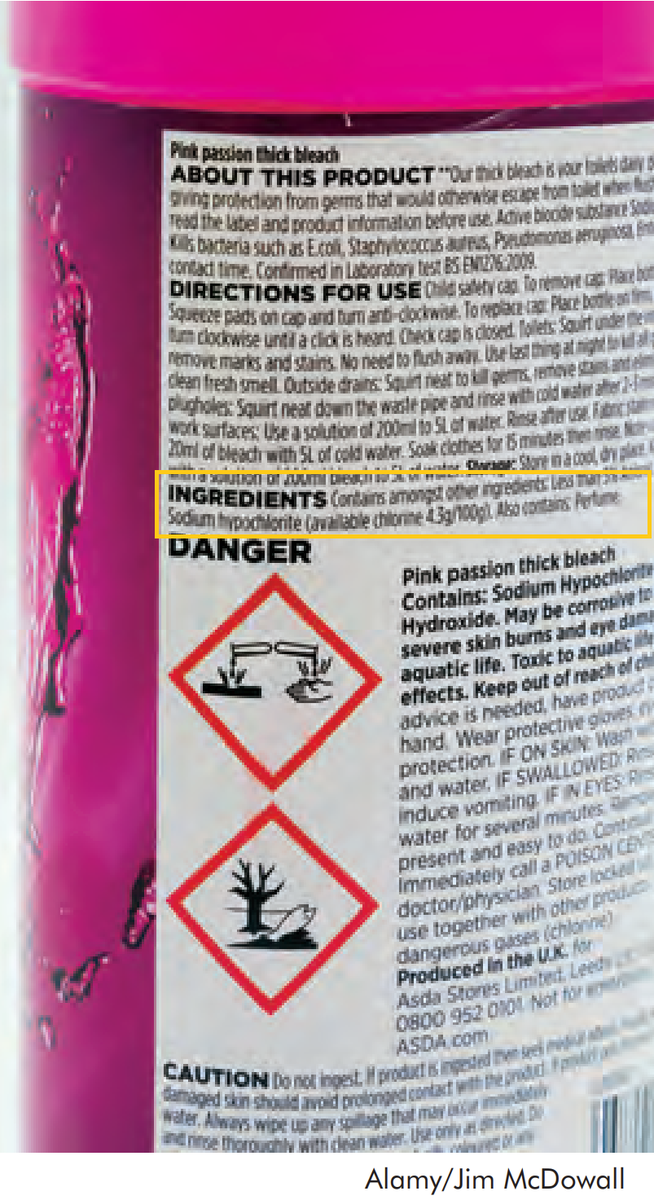Gateway on Pesticide Hazards and Safe Pest Management
How To Find Ingredients in Pesticide Products
Beyond Pesticides offers resources below to evaluate the health and ecological effects of specific chemical exposure from ACTIVE INGREDIENTS in pesticide products, as well as regulatory information and supporting scientific documents. Because various pesticide products can contain more than one active ingredient, it is important to READ the LABEL to determine chemical components.
With 192 different active ingredients and counting, it is essential to establish the connection between the use of these chemicals and their respective hazards.
View the step-by-step guide on how to search for the active ingredient(s) in pesticide products below:
- Go to U.S. EPA's Pesticide Product and Label System and enter the product name. The generic product name may vary.
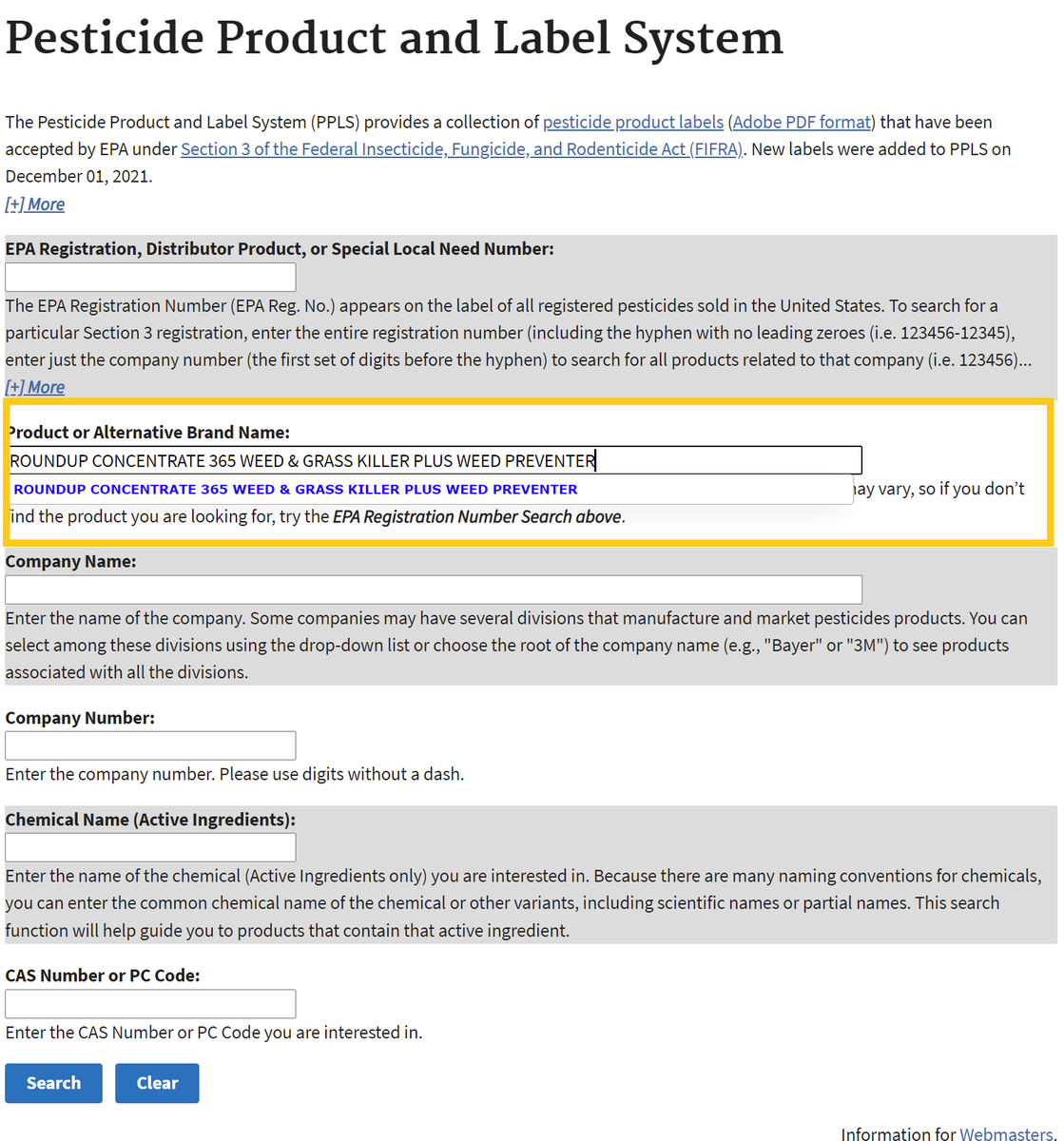
- After searching, click on the chemical ingredients tab or the link for the most recent label to find Active Ingredients.
Chemical List Label List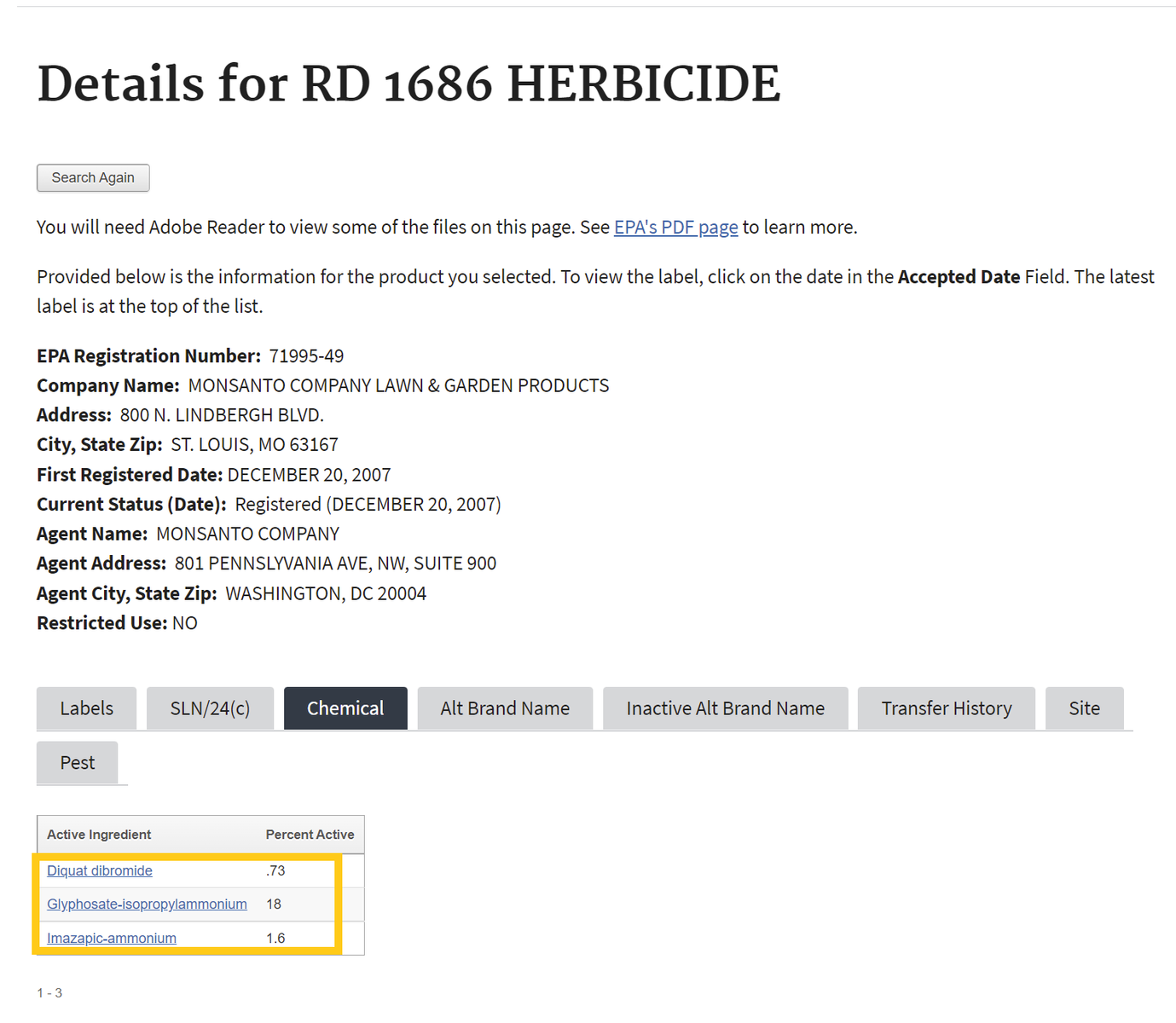
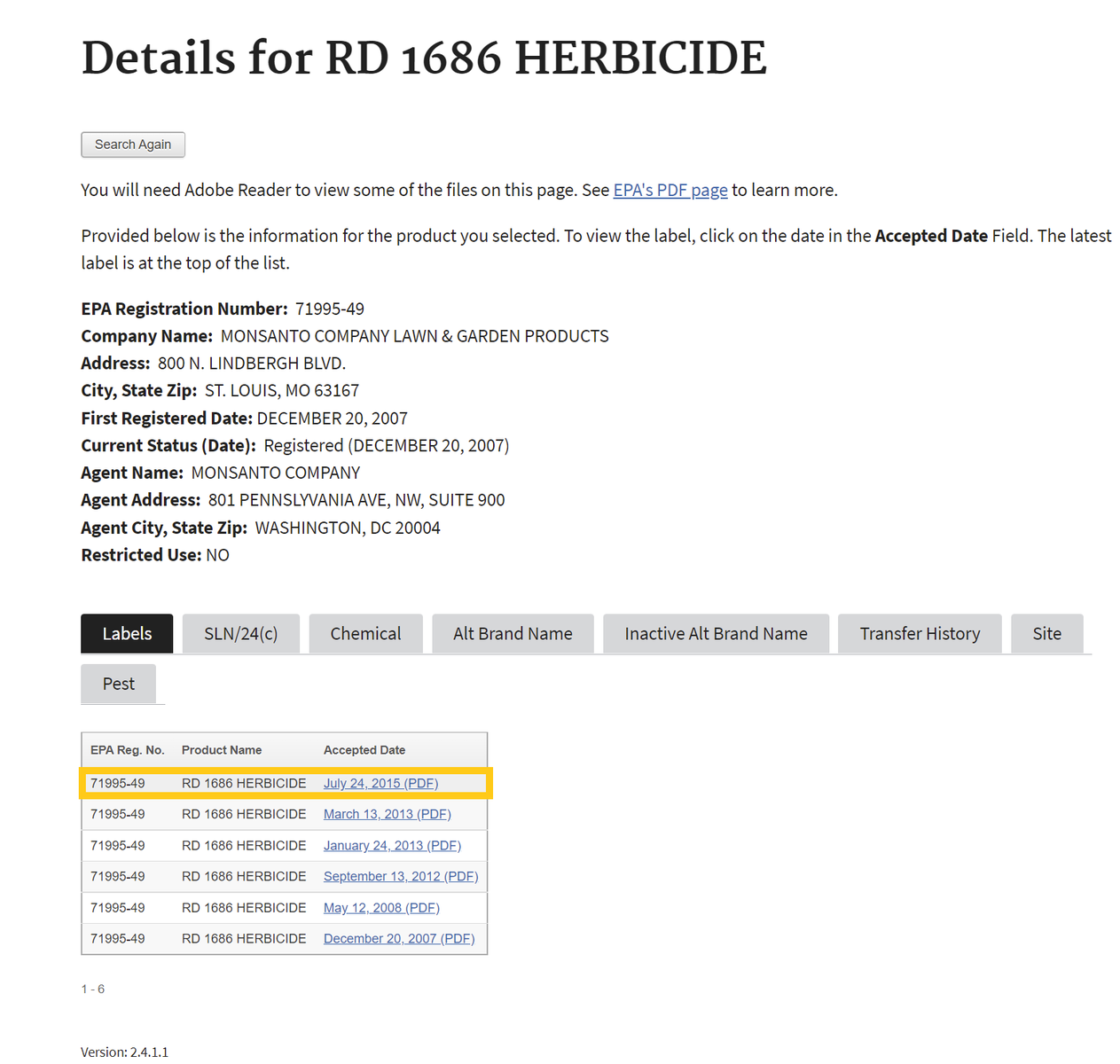
If one selects the chemical ingredients tab, skip to Step 4 . If not, proceed to step number 3 - To find the active ingredient(s) on the label, search for the page in the document containing the date of registration. Usually, the active ingredients section occurs within the first few pages of the label document.
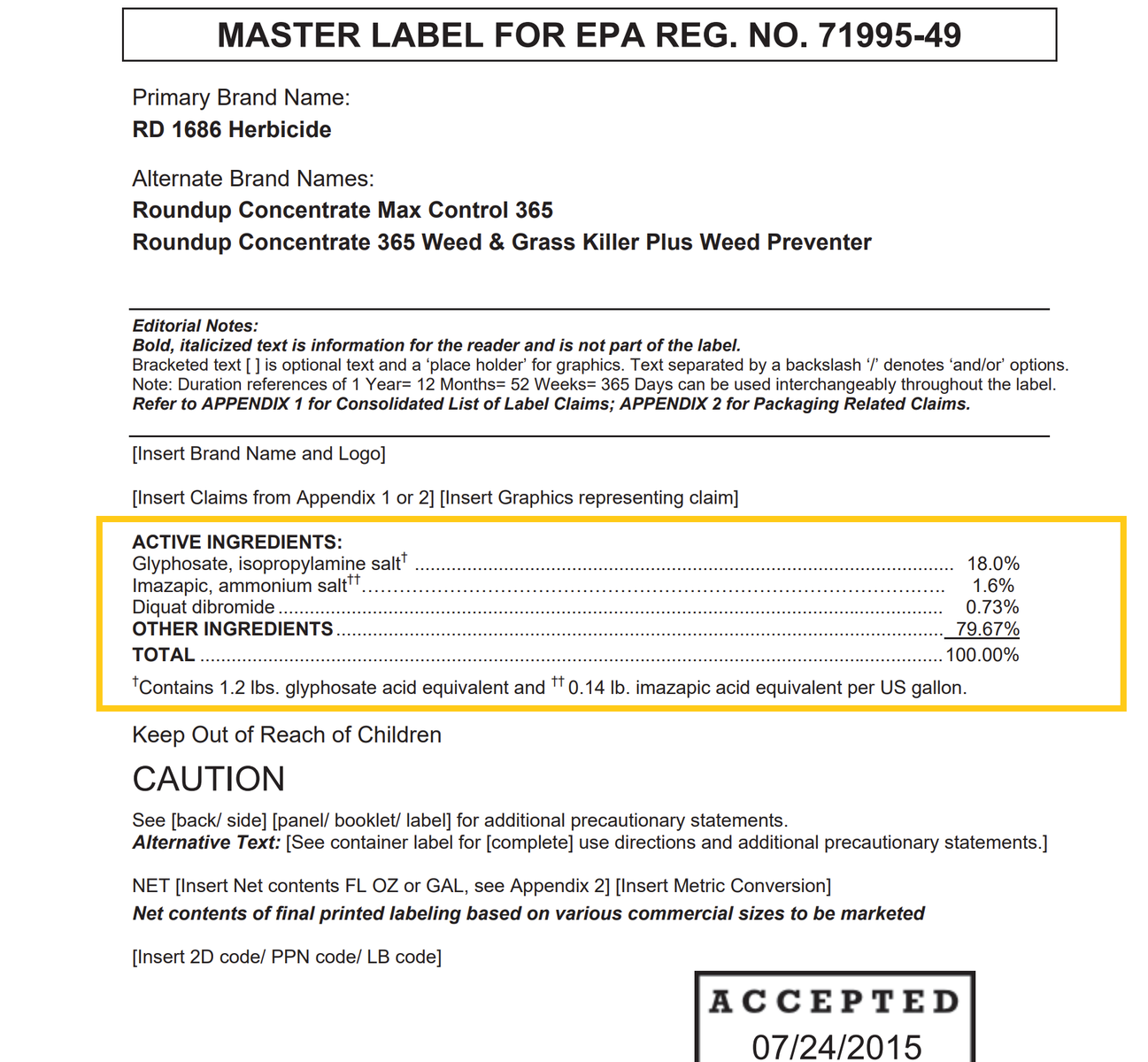
- Return to the Beyond Pesticides Gateway and search for the active ingredient name in the yellow box to the right or from the list below.
Quinoxyfen
General Information
- Product Names:
- Chemical Class: Quinoline
- Uses: Used to control powdery mildew infections on grapes and hops. Used to control powdery mildew in grapes and in hops in California, on melons, winter sqash, gourds and pumpkins in New York.
- Alternatives: Least-toxic mold control
- Beyond Pesticides rating: Toxic
Health and Environmental Effects
- Cancer: Not documented
- Endocrine Disruption: Not documented
- Reproductive Effects: Not documented
- Neurotoxicity: Not documented
- Kidney/Liver Damage: Yes (25)
- Sensitizer/ Irritant: Not documented
- Birth/Developmental: Not documented
- Detected in Groundwater: Not documented
- Potential Leacher: Not documented
- Toxic to Birds: Not documented
- Toxic to Fish/Aquatic Organisms: Yes (52)
- Toxic to Bees: Not documented
Additional Information
- Regulatory Status:
- Tolerances (Federal Register)
- Supporting information:
- PAN Pesticides Database: Quinoxyfen (Pesticide Action Network)
- California Department of Pesticide Regulation Public Report: Quinoxyfen
- Studies:
- Organic farming reduces pesticide load in a bird of prey. Fuentes, E. et al. (2024) Organic farming reduces pesticide load in a bird of prey, Science of The Total Environment. Available at: https://www.sciencedirect.com/science/article/pii/S0048969724029255.
- Exposure to pesticides is correlated with gut microbiota alterations in a farmland raptor. Bariod, L. et al. (2025) Exposure to pesticides is correlated with gut microbiota alterations in a farmland raptor, Environment International. Available at: https://www.sciencedirect.com/science/article/pii/S0160412025001874.








.png)
